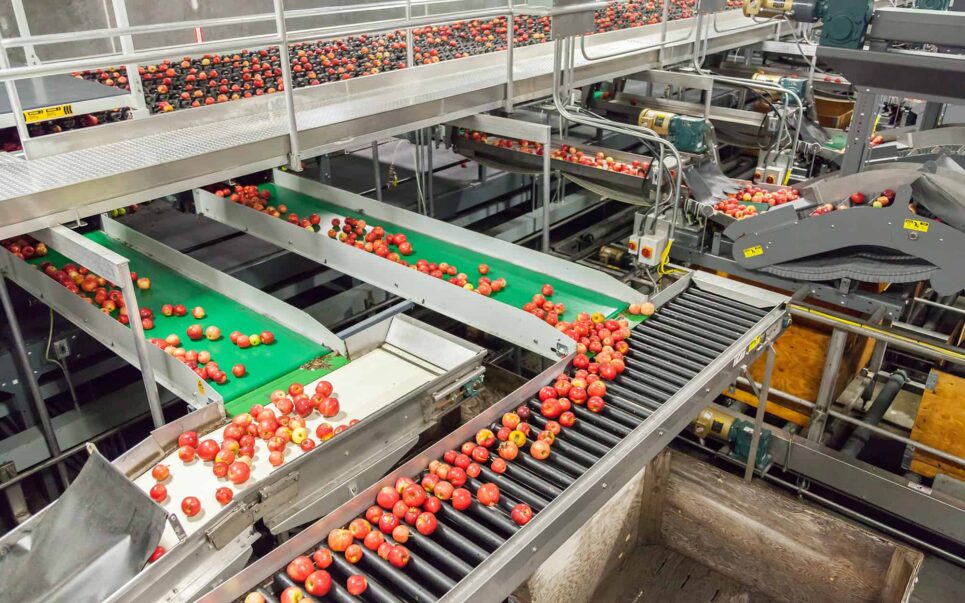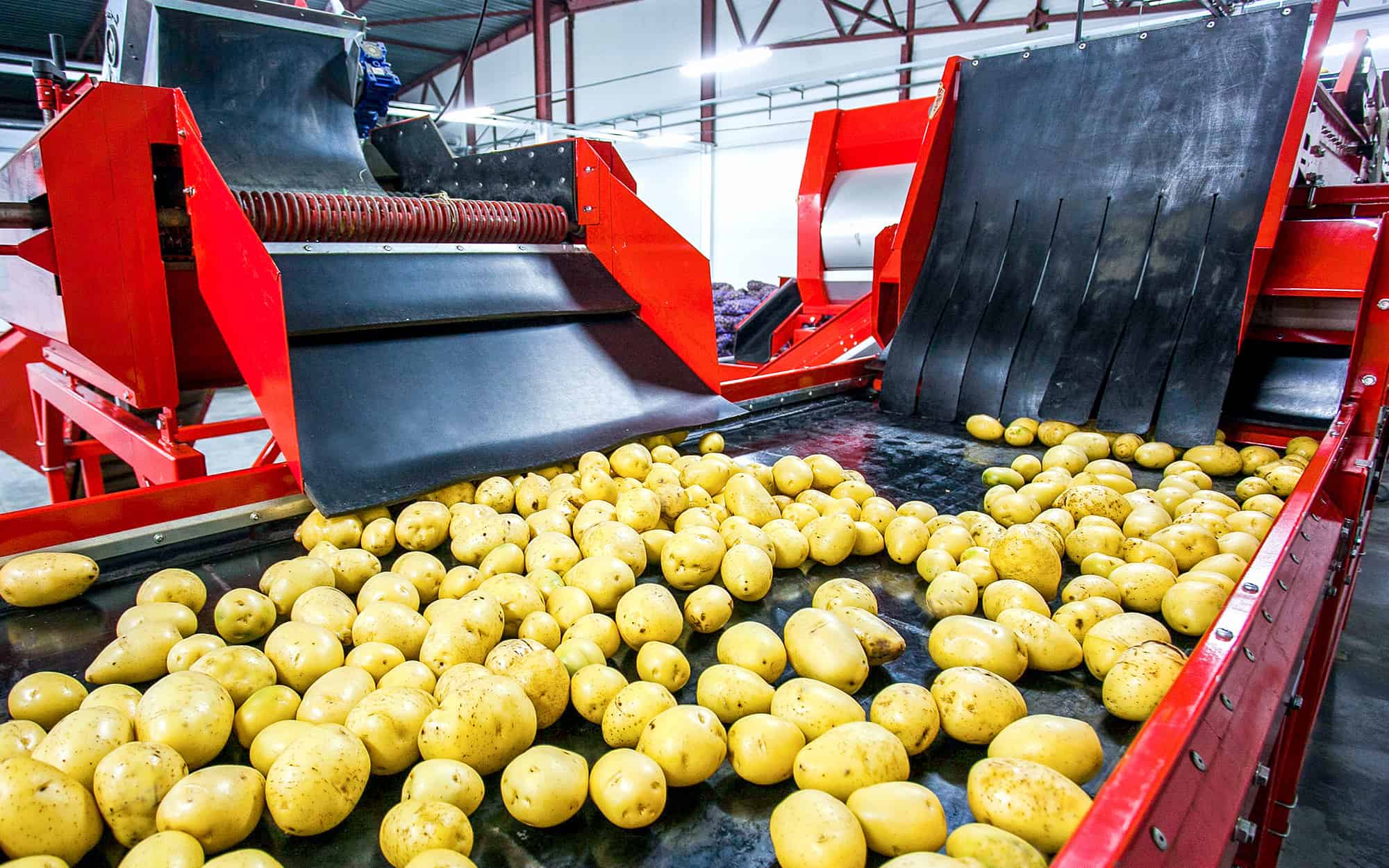Everything You Need to Know About Magnet Strength Measurements

From the Earth’s gravitational pull to food processing equipment, magnetic fields are commonplace in today’s industrial society. In this blog, we’ll explore why it’s so important to regularly test the performance of your magnetic separation equipment. Let’s get started!
Understanding the Need for Magnet Strength Measurements
It’s no secret, magnetic separators play a critical role in detecting and removing metal contamination from food products. Essentially, they work by attracting ferrous and work-hardened stainless steel metallic particles, removing these contaminants before they reach consumers. And that’s exactly why it’s so important to regularly conduct magnetic strength measurements, as it’s the first step to ensure your separators are functioning correctly.
Additionally, magnet testing is also a prerequisite for meeting many regulatory requirements. For example, the Food Safety Modernization Act (FSMA) requires food processors to implement preventive measures to reduce the risk of contamination, and regular magnet testing helps ensure compliance with these regulations and reduces the risk of legal action.
What Types of Food Processing Magnets Need Regular Assessments?
Generally speaking, any permanent magnets used in the processing chain should be subjected to annual testing. These assessments are aligned with industry-specific magnet standards, and apply to the following types of equipment examples:
- Magnetic Plates: Mainly used to protect against medium and small-size contaminants, magnetic plates are typically installed in chutes, spouts, ducts and over non-magnetic conveyors and screens.
- Magnetic Grates: These magnets found their niche removing fine, smaller particles from dry and free-flowing products. They’re extremely versatile and fit a variety of applications with odd and irregular shapes, floor openings, and vertical chutes.
- Grates in Housing: Similar to the above, magnetic grates installed in housing aim to remove ferrous particles from free-flowing products. However, their applications are limited to one or multiple grate rows within a custom manufactured housing.
- Magnetic Traps & Liquid Line Magnets: These magnets are most commonly used to purify products in liquid and slurry lines, as they help remove small particles of scale, oxides, and iron contaminants.
- Pneumatic Line Magnets: These magnets are used to collect contaminants from high-velocity flow pneumatic transfer lines, where retention of collected metals can be a challenge.
- Bar Magnets: These magnets can be installed at the point of discharge on conveyor belts.
How long has it been since you conducted magnet strength measurements? If you can’t remember, or it’s been over a year—it’s time to schedule an assessment.
Five Factors That Affect Magnet Strength Measurements
In theory, magnets should retain their strength indefinitely. Unfortunately, that’s simply not the case. Several different factors can affect the performance of your magnets, including:
- High Temperatures: First and foremost, exposing magnets to temperatures outside of their design range results in weakening. As a general rule of thumb, most standard Rare Earth (RE) magnets can withstand temperatures up to 170 degrees Fahrenheit, after that, performance tends to decline.
- Equipment Proximity: The machinery used near—or in conjunction with—your magnetic separation equipment can also affect its performance. For example, welding equipment used in close proximity to permanent magnets can damage the magnetic field, causing rapid strength loss.
- Leaks: Where liquids are involved, breaches to the magnet’s enclosure will degrade the core magnet element which results in reduction of strength. However, if the magnet design is such where the magnet circuit and magnet grade are correct so that this issue is avoided, magnet strength loss is less likely to occur. Low-cost raw magnet elements are most at risk.
- Physical Shock & Resonant Vibration: Out of all the above factors, mishandling is the most common culprit for lower magnet strength measurements. Magnetic separators are delicate systems, and rough handling often leads to a shorter lifespan. When subjected to repeated abuse, internal elements can break down and fail.
- Abrasion: Abrasive products constantly impinging on the magnet surface will eventually lead to exposed elements or severe breakage.
With so many factors affecting magnet strength measurements, how can you ensure proper handling? Better yet, how can you identify the current status of your equipment? Well, it’s simple. By conducting a magnet gauss test.

What is included in a Magnet Validation?
Magnet validations involve an experienced technician visiting your food processing facility and conducting magnet strength testing using a calibrated gauss meter.
Additionally, the technician will inspect your magnets to ensure they are adequate for duty. Some of the factors considered are condition, product stream coverage, retention, installation, type of magnet, and more.
When it comes to accurate magnetic strength measurements, adhering to standard operating procedures is key.
Schedule Your Magnet Strength Measurement Today
Need a surefire way to determine your magnet’s capabilities? Good news, you’re in the right spot. Magnattack® has partnered with Active Magnetics Research to provide HACCP-Certified magnet validations relating to metal fragment control, system design, testing, and analysis. Don’t wait until it’s too late, schedule your free consultation today.